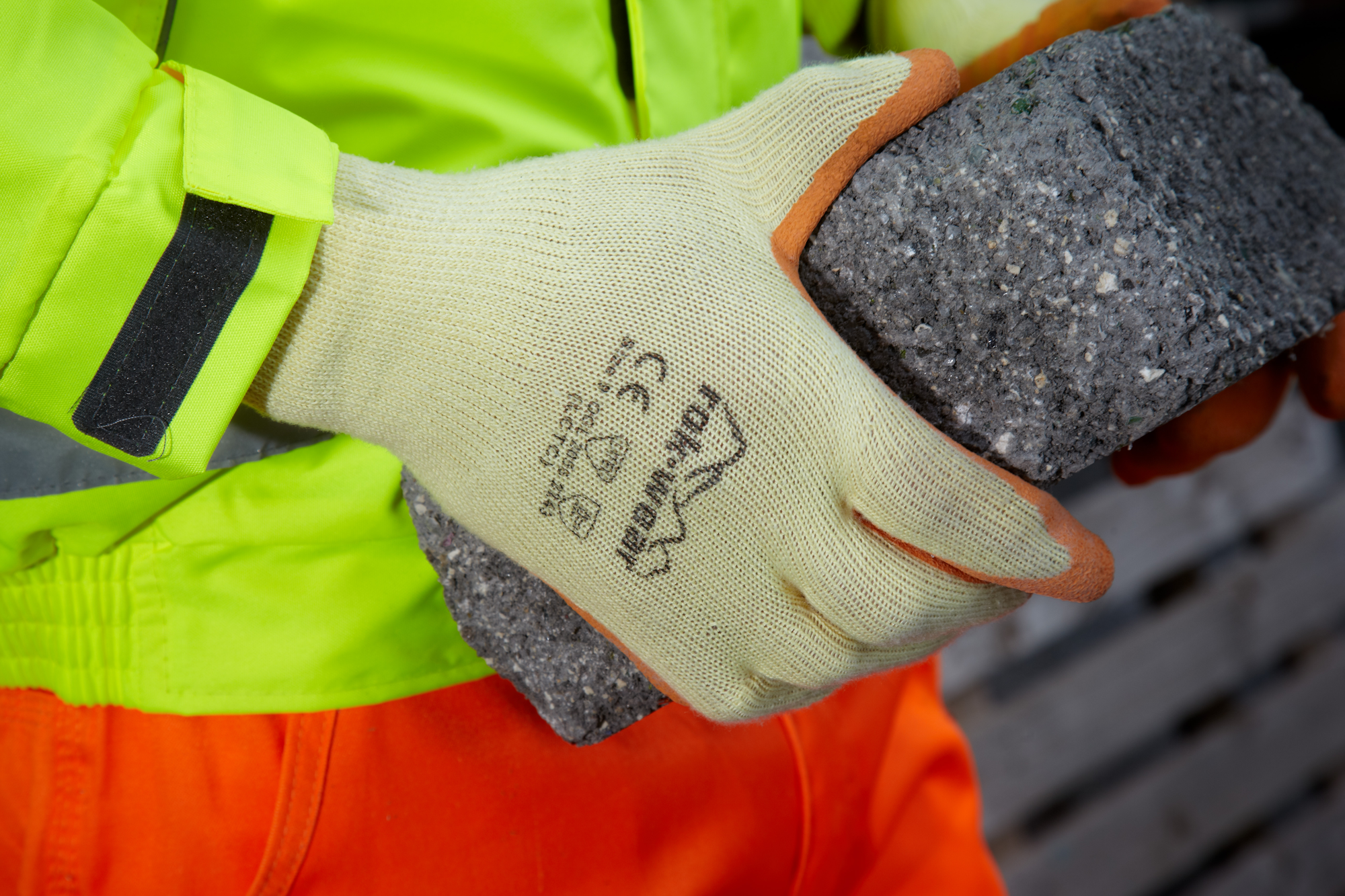SAFETY GLOVE STANDARDS AND THE CUT RESISTANCE EXPLAINED
3 minute read

RECAPPING THE STANDARDS
If you've ever been lost in the world of safety gloves, navigating cut levels, and wondering which gloves provide the best protection for your needs, then you're in luck!
You know you need cut resistant gloves, but how do you compare one pair of gloves to another? And how do you know which glove has the right level of cut resistance for you?
To solve this problem, organisations have outlined industry standards for cut resistance in gloves. Knowing how to read these standardised ratings is the best way to make sure you get the correct level of hand protection you need.
PREVIOUS VS CURRENT
THE EUROPEAN STANDARD: EN 388

HERE'S WHAT YOU NEED TO KNOW
The EN388 standard is a European standard that assesses the performance of protective gloves. Originally, the standard used a numeric system to indicate cut resistance levels, ranging from 1 to 5, with 5 being the highest.
For example:
- Level 1: Low cut resistance
- Level 2: Moderate cut resistance
- Level 3: High cut resistance
- Level 4: Very high cut resistance
- Level 5: Extremely high cut resistance
However, to provide a more precise and detailed classification, the standard has transitioned to include a letter-based system. The current EN388 standard now uses letters A to F to represent cut resistance, with A being the least resistant and F being the most resistant.
The use of letters is to enhance the usability of the standards and facilitate better decision-making when selecting protective gloves for specific tasks and environments.
LETS DELVE INTO HOW EACH RATING IS DETERMINED
- A (Roughly equates to the previous cut level 1): Think of these as your introductory level. They provide protection against minimal threats, perfect for tasks where cuts are a minor concern.
- B (Roughly equates to the previous cut level 3): A tad more resilient than Level A, they shield your hands from low to medium cutting risks.
- C: This is where things get serious. Level C gloves are suitable for tasks with a higher risk of cuts, offering medium to high protection.
- D : Designed for high-risk tasks, these gloves offer robust protection against sharp objects.
- E: Moving up the ladder, Level E gloves are your go-to for very high-risk tasks. They're made to withstand significant cutting forces.
- F:The pinnacle of cut resistance. When dealing with ultra-high risks, nothing beats the safety provided by Level F gloves.
*C,D,E and F roughly equate to a previous cut level 5.
DELVING DEEPER INTO THE CURRENT STANDARDS
The most updated standard includes two different cut resistance tests: the TDM-100 Test and the Coup Test.
But, besides cut resistance, the EN388 standard also evaluates gloves for abrasion, tear, and puncture resistance, each indicated by a numeric rating. This comprehensive approach ensures that gloves are tested for multiple aspects of performance.

HOW EACH STAGE IS TESTED...

WHAT CUT LEVEL DO YOU NEED?
Different industries require different levels of protection. Understanding the EN388 ratings helps industries and workers make informed decisions about the gloves they choose, ensuring they provide adequate protection for the tasks at hand.
Do you now have a better understanding of the safety glove standard?
View our range of safety gloves to get the correct pair suited for you!